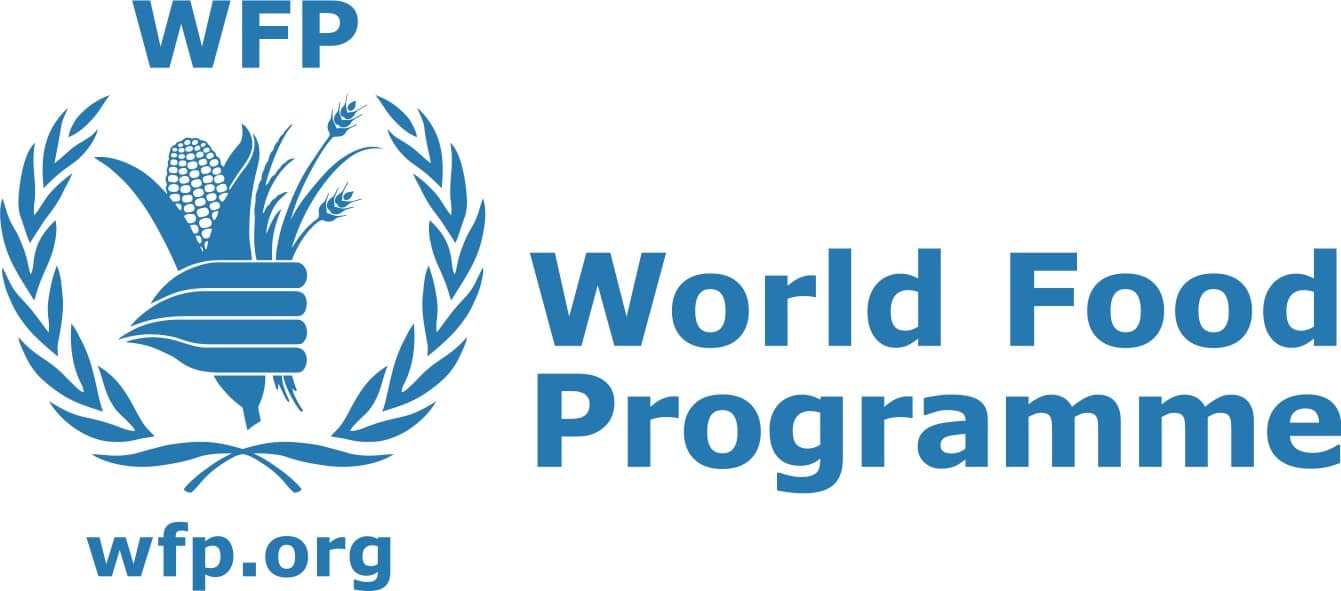Bhutan has been doing quite a lot recently, especially when it comes to boosting trade with other neighboring countries in the region. While a few bilateral trade agreements are being reviewed and formalized, a few new ones are being opened.
Bhutan-Bangladesh’s Preferential Trade Agreement (PTA), which will provide duty-free market access to more products between the two countries, came into effect on July 1.
The agreement allows duty-free access to the Bangladesh market for 16 Bhutanese products in addition to the existing 18 products. Similarly, 10 more products from Bangladesh would enjoy duty-free export to Bhutan, in addition to the already 90 existing products.
Further, Bhutan and Nepal are expected to sign a formal bilateral trade agreement three months from now to promote and strengthen trade and commerce.
The two governments did not have any form of trade agreement arrangements so far and the draft trade agreement was discussed during the virtual 4th trade talks on June 20. The new arrangement is expected to boost the export of not only mineral products but all export potential goods from Bhutan.
And going by the decision made during the fourth Joint Trade Committee Meeting on April 27 and 28 in Phuket, Thailand; Bhutan and Thailand have agreed to sign a bilateral trade agreement. The two countries only have a trade and economic cooperation agreement as of now.
Bhutan and Thailand, which is Bhutan’s fourth-largest trading partner in 2020 and 2021, also agreed to enhance total bilateral trade to USD 120mn by 2025 and renew the existing MoU on tourism and handicraft cooperation.
The above initiatives are definitely a good indication as it exhibits the country’s seriousness over boosting trade with countries in the nearby region. These initiatives are also envisioned to benefit the country in its economic transition.
The new initiatives that we pursue will definitely present new challenges and setbacks. Even we must be aware that nothing comes free. Pursuing ruthless economic activities can also weaken the balance we have strived to preserve all this time. The mammoth task is as we try to tackle economic growth on one side and the preservation of the environment, culture, and traditions on the other.
At the same time, we are today living in a highly interdependent globalizing world. Global economic integration is increasingly viewed as an economic and political necessity rather than a matter of choice. Even as regional economies are getting integrated, how well can we remain unaffected? We must therefore also strive to reap the gains from SAARC, BIMSTEC, SAFTA, and others.
All parameters of globalization are morphing along with changing times. National boundaries are becoming irrelevant. Events happening in one place are shaping outcomes in another. The perfect examples are the Russian war on Ukraine and the spiraling impacts of inflation and fuel price hike in India and their impacts here in the country.













